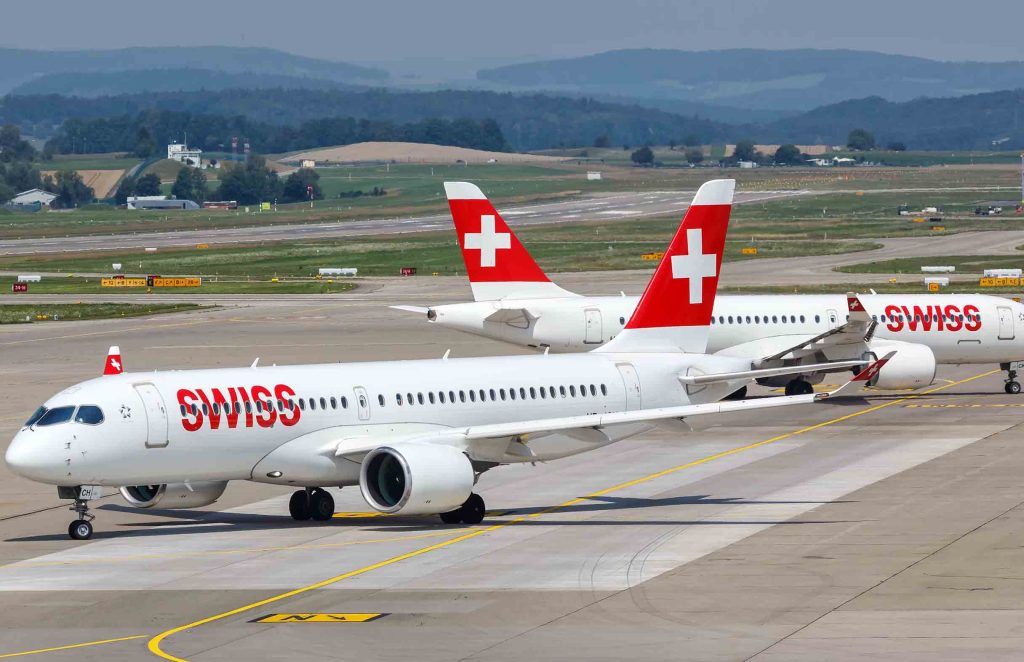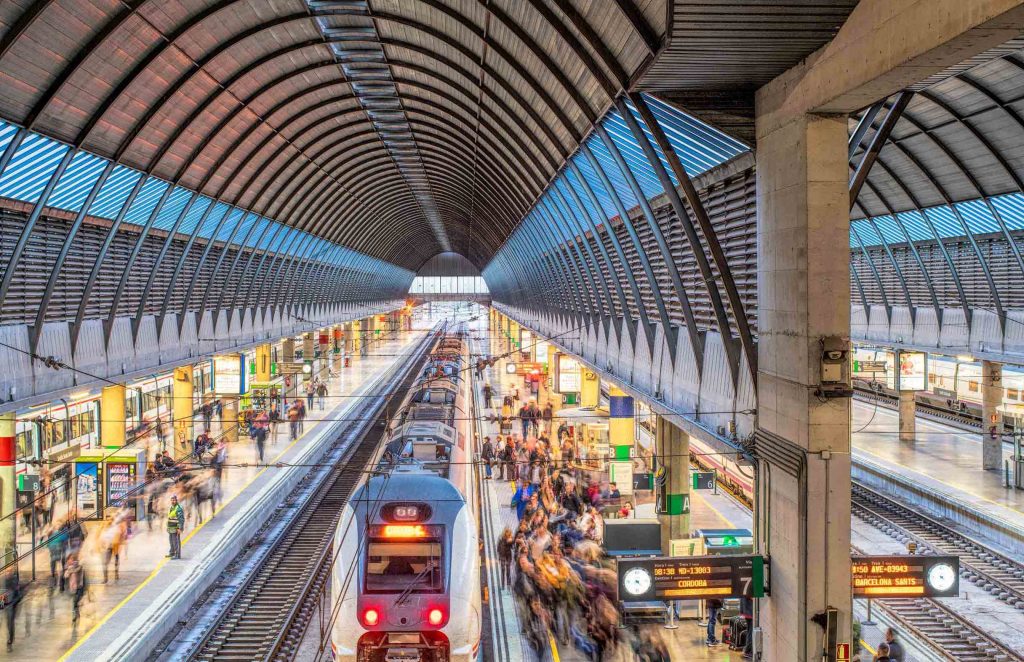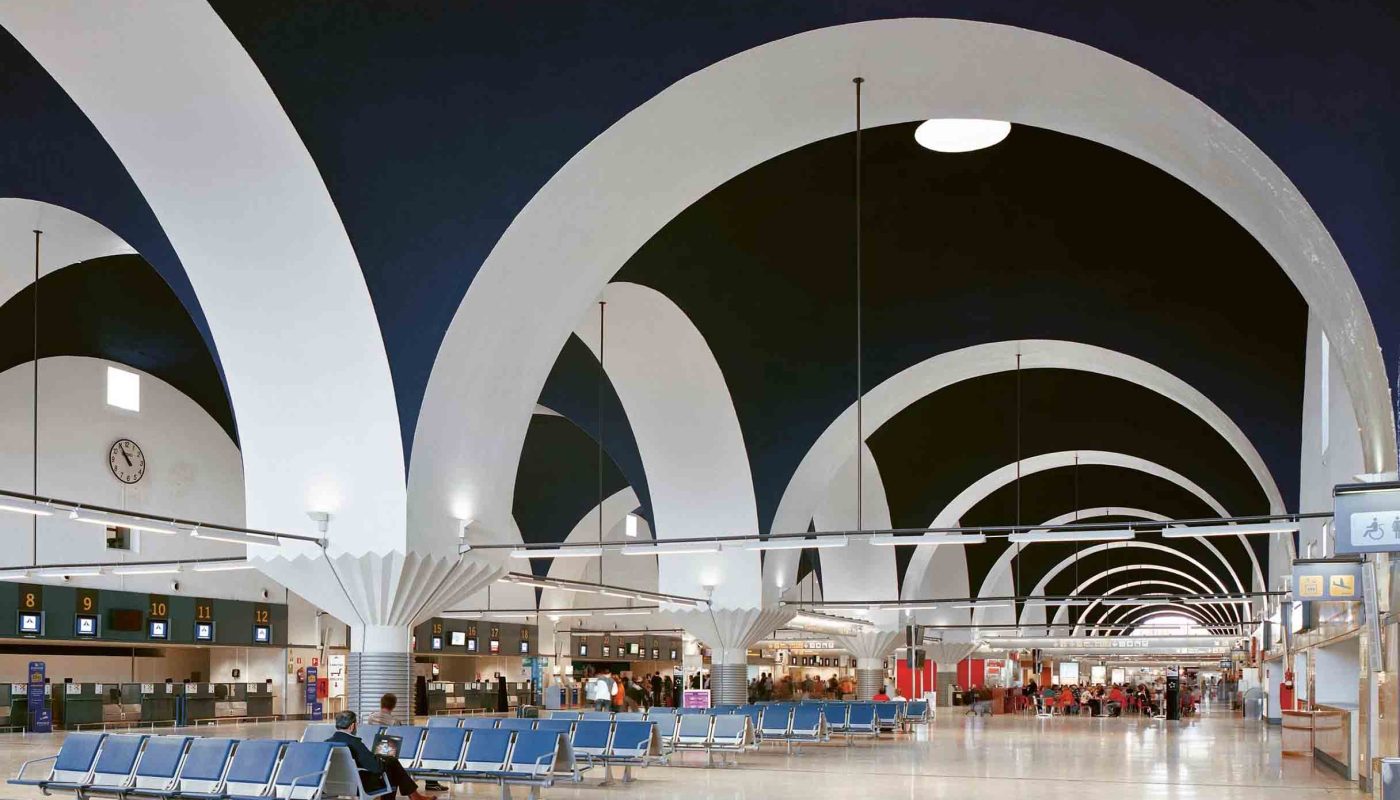When I first decided to visit Seville, I spent quite a bit of time researching flight options. This historic city in the Andalusia region of Spain may not have the same dense international flight network as Madrid or Barcelona, but it is still well-connected with efficient and convenient air travel options. For travelers heading to Seville from across Europe, mastering the right flight combinations and understanding the airport setup can save both time and money—making the journey smoother and more enjoyable from the very beginning.
Give Your Tech a Second Life
Give your devices a second life with Gazelle.com
Sell your old tech or buy certified pre-owned phones and laptops — saving money while reducing e-waste.
Smart for you. Good for the planet.
Seville Airport Overview: A Compact Andalusian Gateway
Seville Airport (Aeropuerto de Sevilla, IATA code: SVQ), also known as San Pablo Airport, is located approximately 10 kilometers northeast of the city center. In terms of scale, it is a medium-sized regional airport that handles about 8 million passengers annually. Despite its size, the airport boasts high operational efficiency and swift customs processing.
It has a single terminal divided into departures and arrivals. The layout is compact and clearly marked, making it especially friendly for travelers who may not be experienced with connecting flights. While not as bustling as major international hubs, I found the airport to be one of the most comfortable mid-sized airports I’ve used in recent years—clean, efficient, and welcoming.
Departing from Europe: Direct and Connecting Flights
Flying to Seville from various European countries is actually quite convenient, especially from major Western and Southern European cities such as Paris, London, Amsterdam, Berlin, Rome, Lisbon, and Zurich, all of which offer direct flights.
1. Major Direct Routes and Airlines
Here are some of the most popular European cities offering direct flights to Seville:
- London (Heathrow, Gatwick, Stansted): British Airways, Ryanair, easyJet, Vueling
- Paris (Charles de Gaulle, Orly): Transavia, easyJet, Vueling
- Amsterdam: Transavia, Vueling, KLM (seasonal)
- Frankfurt/Munich: Lufthansa, Ryanair (Frankfurt Hahn)
- Zurich: Swiss (partially seasonal)
- Milan, Rome: Ryanair, ITA Airways, Vueling
- Lisbon: TAP Portugal, Ryanair
Ryanair and Vueling offer many low-cost flights, but be sure to check baggage policies and extra fees. Traditional carriers like British Airways, KLM, and Lufthansa provide more consistent service and punctuality, which I recommend if you value comfort and reliability.
2. Tips for Choosing Flights
I suggest opting for morning or early evening flights to better align with hotel check-in times and avoid the midday airport rush—especially useful during Spain’s hot summers when midday travel can be taxing.
If you’re flying from a city without direct routes to Seville, consider connecting flights via Madrid, Barcelona, Lisbon, Zurich, or Munich. When planning connections, keep in mind:
- Allow at least 90 minutes for layovers
- Check whether your luggage is checked through, especially with mixed airline alliances
- Avoid overnight layovers unless well-planned, to prevent accommodation issues from delays

Intercontinental Travel: Flying to Seville from Asia and North America
Although Seville currently has no intercontinental direct flights, traveling there from Asia or North America is straightforward via one-stop connections through major European cities.
1. From Asia
I once flew from Tokyo to Seville on the following route:
Tokyo Narita → Zurich (Swiss Airlines) → Seville
The advantage was the ease of transfer and the high quality of Swiss service. Other common routes include:
- Beijing/Shanghai → Madrid/Barcelona (Iberia or Air China) → Seville
- Hong Kong/Seoul → Amsterdam/Paris → Seville
- Singapore → Zurich/Munich → Seville
Depending on the airline and layover city, total travel time ranges from 16 to 22 hours.
2. From North America
From cities like New York, Toronto, or Los Angeles, popular transfer options include:
- New York/JFK → Madrid → Seville (Iberia through-ticket)
- Chicago → Frankfurt/Munich → Seville
- Los Angeles → Paris/London → Seville
I highly recommend booking through-tickets with a single airline alliance to ensure better protection against delays and simplify transfer processes, including baggage and immigration procedures.
Transport from Seville Airport to the City Center
Upon arriving at Seville Airport, getting to the city is simple and convenient. Here are the main options:
1. EA Bus Line (Especial Aeropuerto)
This is the most commonly used method, linking the airport with several key city stations. The bus route ends at Santa Justa Train Station, while also making stops at San Bernardo and Plaza de Armas bus station. The fare is very reasonable—€4 for a one-way trip and just €6 for a round-trip ticket, which proves more cost-effective if you plan on returning the same day. Buses run daily from 5:20 AM until 1:15 AM, with a frequency of every 20–30 minutes, making planning your commute effortless. I found this line extremely reliable, with clean and comfortable vehicles that are ideal for solo travelers or those with light luggage. The regular schedule and friendly service ensure that even during peak travel times, the journey remains pleasant and stress-free, providing a hassle-free start to your adventure.
2. Taxi or Uber
Taking a taxi or using Uber is another excellent option for reaching the city center from Seville Airport. The distance from the airport to the heart of the city is around 15 kilometers, and the ride usually costs between €22 and €30, though fares may increase during holidays or late at night due to surge pricing. I have used Uber several times and was always impressed with the prompt service and knowledgeable drivers who expertly navigate the local streets. This option is particularly attractive if you are traveling with heavy luggage or in a group, as it offers more space and comfort. Furthermore, taxis provide a direct, door-to-door service, which is very convenient after a long flight. The ease of hailing a ride and the professional service makes this a reliable choice for many visitors.
3. Car Rental
Renting a car at Seville Airport is a practical choice, especially if you plan to explore other Andalusian cities such as Granada, Córdoba, or Ronda during your trip. The airport houses several major rental companies, including Avis, Europcar, and Hertz, and offers easy access to the A4 highway directly from the terminal. This option provides flexibility and freedom to venture beyond the city at your own pace. However, it is important to note that driving in Seville can be challenging; the city center has narrow, winding streets and some historic zones are restricted to non-resident vehicles. Therefore, it is advisable to plan your route carefully using a reliable GPS or map app in advance. Despite these challenges, renting a car can greatly enhance your travel experience by giving you the liberty to explore the scenic Andalusian countryside on your schedule.

Useful Tips for Seville Airport
Here are some practical tips I’ve gathered from using Seville Airport multiple times. These small insights can make your experience smoother and more enjoyable:
- Security lines are efficient, but during the summer high season, the number of travelers increases significantly. I recommend arriving at least two hours before your flight, especially if you have bags to check or tax refunds to process.
- Limited food options: The terminal has only a few cafés and fast-food outlets, which can get crowded quickly. If you have dietary needs or long waiting times, bringing your own snacks or sandwiches is a smart move.
- Free Wi-Fi is available throughout the terminal after a simple browser login. It’s fast enough for streaming, uploading photos, or checking last-minute travel plans, making it easy to stay connected.
- Tax refund services are available near the departure gates. If you’ve shopped in Spain and want to claim VAT refunds, be sure to arrive early to allow time for the process—it can involve paperwork and possible inspection.
- English is widely spoken by airport staff, which helps reduce communication stress. Signage is also bilingual, and the airport feels very navigable even for first-time visitors.
Best Routes to Fly to Seville
If you’re planning to discover the rich culture, architecture, and cuisine of Andalusia, Seville is undoubtedly the perfect entry point. From the moment you land, the city’s warm, historic atmosphere begins to work its charm.
Whether you’re choosing a flight based on convenience, cost, or comfort, it’s worth putting time into comparing routes and airlines. For those based in Europe, direct flights from cities like London, Paris, and Amsterdam make getting to Seville quick and hassle-free. These routes are often serviced by both full-service and low-cost carriers, giving you options to suit your budget.
If you’re flying from Asia or North America, look for through-tickets with Spanish or partner airlines such as Iberia or Vueling. These tickets simplify transfers and ensure that luggage is checked through to your final destination. They also offer better customer support in case of delays.
Lastly, when you arrive in Seville, take a moment before rushing off. Step outside the terminal, feel the warmth of the sun on your face, and inhale the subtle scent of orange blossoms in the air. This small ritual has become a personal tradition for me—an instant reminder that I’ve returned to one of Europe’s most soulful cities. I hope your journey starts just as beautifully.



